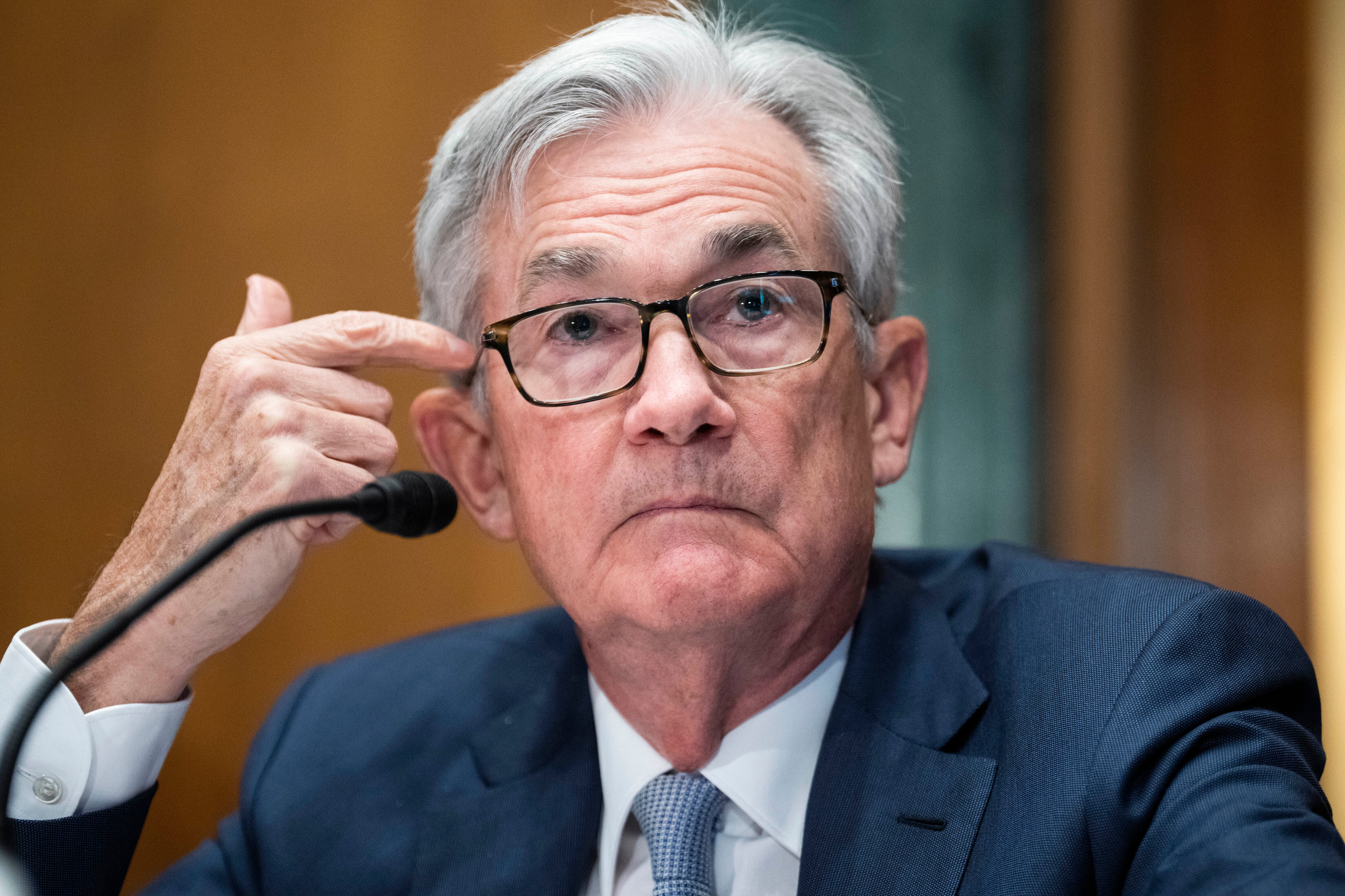Fed raises key rate by a half-point in bid to tame inflation
The Federal Reserve intensified its drive to curb the worst inflation in 40 years by raising its benchmark short-term interest rate by an sizable half-percentage point

The Federal Reserve intensified its fight against the worst inflation in 40 years by raising its benchmark short-term interest rate by a half-percentage point Wednesday — its most aggressive move since 2000 — and signaling further large rate hikes to come.
The increase in the Fed's key rate raised it to a range of 0.75% to 1%, the highest point since the pandemic struck two years ago.
The Fed also announced that it will start reducing its huge $9 trillion balance sheet, which consists mainly of Treasury and mortgage bonds. Those holdings more than doubled after the pandemic recession hit as the Fed bought trillions in bonds to try to hold down long-term borrowing rates. Reducing the Fed’s holdings will have the effect of further raising loan costs throughout the economy.
All told, the Fed’s credit tightening will likely mean higher loan rates for many consumers and businesses over time, including for mortgages, credit cards and auto loans. With prices for food, energy and consumer goods accelerating, the Fed’s goal is to cool spending — and economic growth — by making it more expensive for individuals and businesses to borrow. The central bank hopes that higher borrowing costs will slow spending enough to tame inflation yet not so much as to cause a recession.
It will be a delicate balancing act. The Fed has endured widespread criticism that it was too slow to start tightening credit, and many economists are skeptical that it can avoid causing a recession.
Inflation, according to the Fed's preferred gauge, reached 6.6% last month, the highest point in four decades. Inflation has been accelerated by a combination of robust consumer spending, chronic supply bottlenecks and sharply higher gas and food prices, exacerbated by Russia's war against Ukraine.
Starting June 1, the Fed said it would allow up to $48 billion in bonds to mature without replacing them, a pace that would reach $95 billion by September. At September's pace, its balance sheet would shrink by about $1 trillion a year.
Chair Jerome Powell has said he wants to quickly raise the Fed’s rate to a level that neither stimulates nor restrains economic growth. Fed officials have suggested that they will reach that point, which the Fed says is about 2.4%, by year’s end.
Bookmark popover
Removed from bookmarks